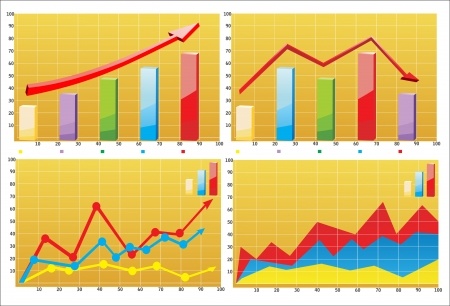3 min read
Personal Leadership Development Plan: Helping Teams Under Stress
IS YOUR TEAM UNDER STRESS?
The following is another lesson from my coaching play book about a leader whose team was...
By: Diane Ring on January 11, 2021

Picture a "normal" day.
You show up at work and find out that your biggest customer dropped your products cutting your sales revenue by over 30%. Or your company was just purchased or put up for sale. Or your biggest production facility is on fire and all your finished goods are burning in a 2 alarm fire. Uh oh. What now?
I know three different executives who recently experienced these seismic changes to their businesses. The winds of change – especially unexpected and potentially detrimental change, present one of today’s greatest challenges of leadership.
These are some of the best tools I know of to help executives manage themselves and lead their teams--and even families--through a pivotal, career and often, life defining change.
One of the biggest part of a leader's role is to prevent a company reorganization, change, merger, or acquisition from derailing their employee’s productivity. But this is way easier said than done.
From the first announcement of a major change, employees experience a range of emotional reactions - usually negative, robbing them of energy they could be dedicating to doing their work. Countless minutes are dedicated to:
When conditions are toxic, people spend more time focusing on the pain and its sources-often obsessing about it more than they do on their work.
They disconnect from the workplace physically or psychologically, and they give far less than their best performance in the organization. Heading off emotional suffering or managing emotions when they occur is a leadership competency too often under attended to.
Recent neuroscience findings offer some useful insight about how people change that can be essential to helping leaders help themselves and their employees thrive in times of major organizational change.
We are all affected by the brain’s core motivational drive to minimize danger and maximize reward. That is how humans have survived all these years. Without our conscious awareness, our brains are reacting to events and stimulus in split seconds, determining how we will respond and whether we will fight our flight in order to protect us.
This fight or flight response involves limbic system structures which activate many of our emotions and motivations, particularly those that are related to survival. Such emotions include fear, anger, and emotions, as well as feelings of pleasure. Translation to business: employees will freak out about change. Humans are emotional creatures. So you might as well get on with the business of figuring out how best to help quell the disruptive emotions and cultivate as much positive brain circuitry you can.
To kick start what you can do now, start by looking at the ways you can use Neuroscience to your advantage. We've written about ways to use Neuroscience in your leadership, as well as the expansive resources online to help start using Neuroscience in your daily practice. Neuroscience is loaded with potential use in managing change in the workplace and dealing with the fall out of a sudden change.
Want to know more about how to use Neuroscience in your business?
How do you deal with sudden change? Tell us below!
Nov 4, 2021by Diane Ring
IS YOUR TEAM UNDER STRESS?
The following is another lesson from my coaching play book about a leader whose team was...
Nov 3, 2021by Diane Ring
There is nothing like a sudden change of executive leadership to trigger all kinds of personality dynamics in a team....
Nov 2, 2021by Diane Ring
More than 70% of executives are not effective at supporting new-to-role peers and managers according the Corporate...